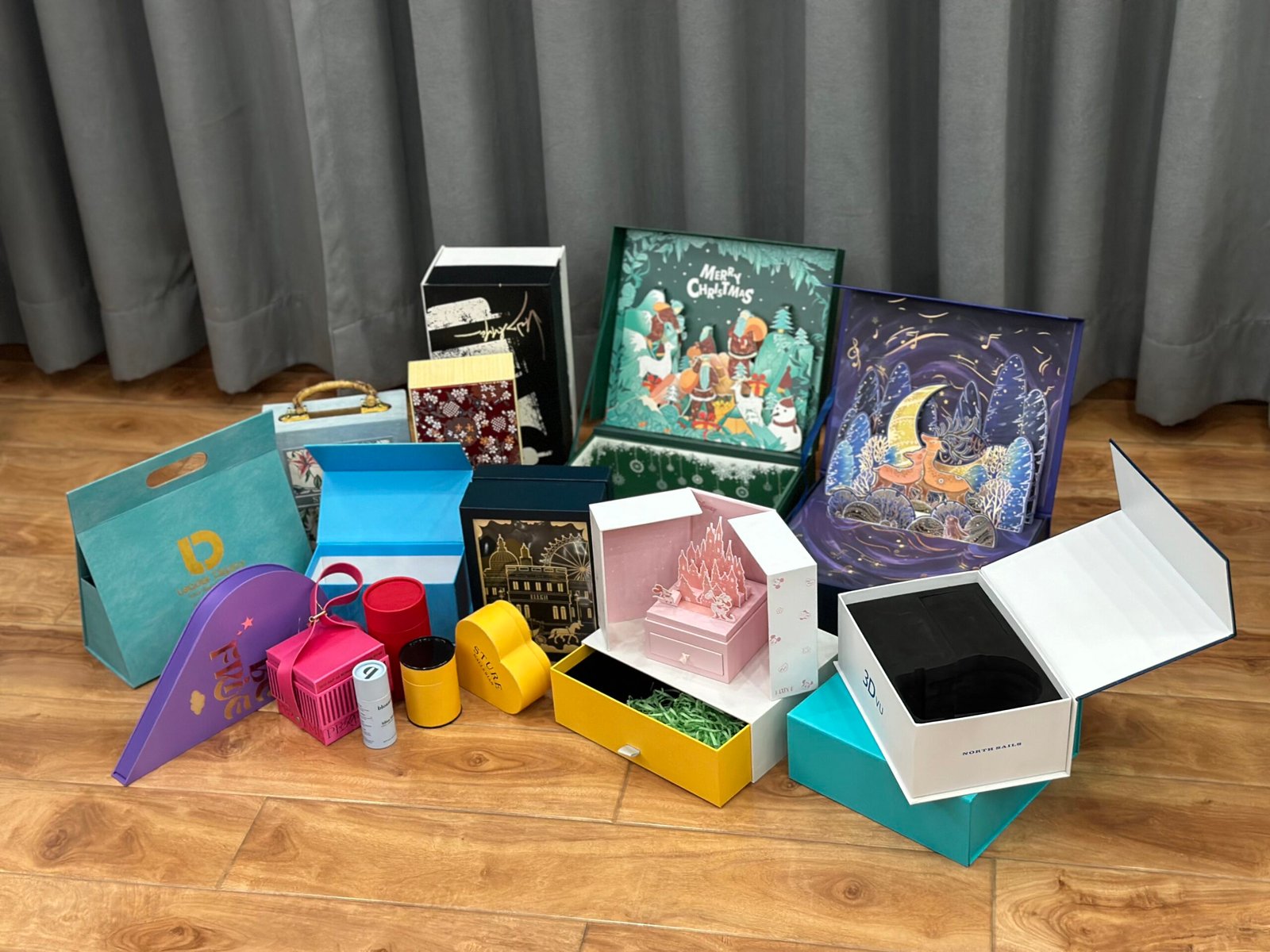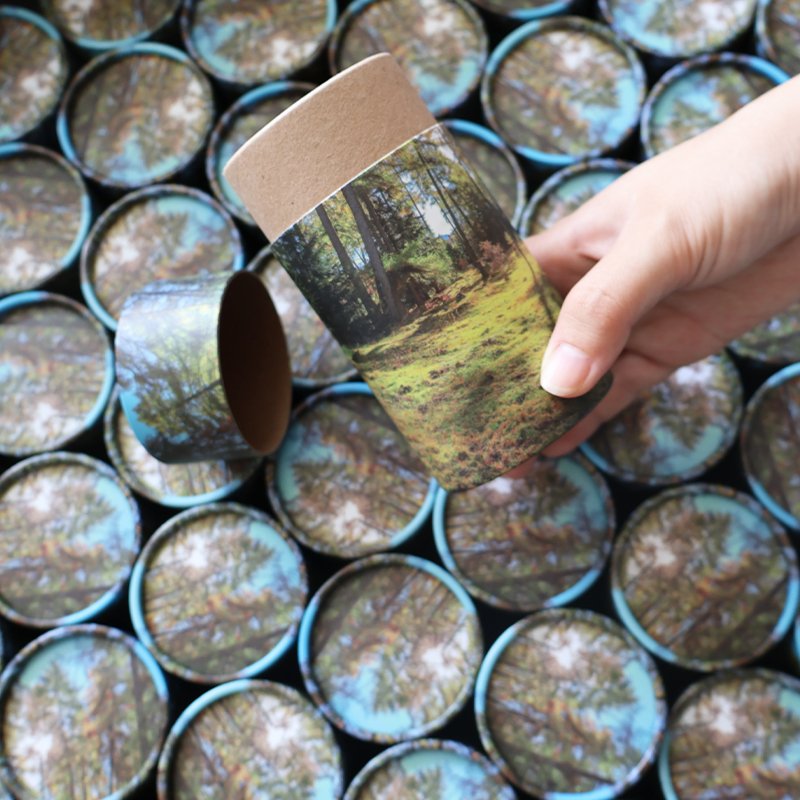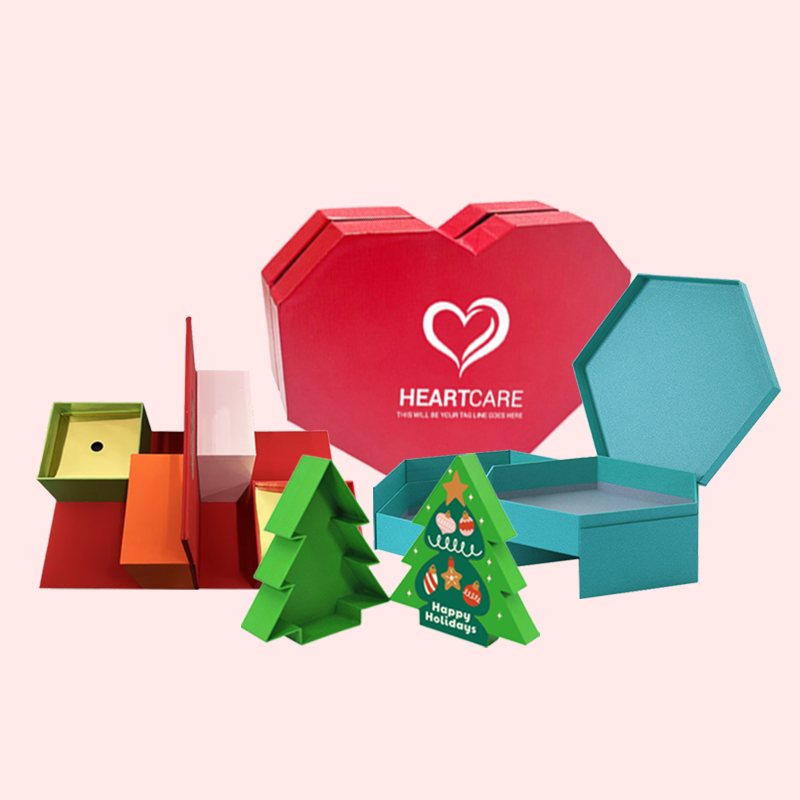Struggling with high MOQs for your premium rigid box designs? It's frustrating when your perfect packaging seems out of reach for smaller projects. Let's fix that.
The minimum order quantity (MOQ) for custom rigid boxes is typically between 500 to 1,000 units. This number exists because of the high setup costs for machinery and materials. To optimize, you can simplify the design, group orders, or negotiate with your supplier for more flexibility.

I get this question all the time from product designers. They come to me with these incredible, innovative ideas for rigid boxes, but then they hit a brick wall when we start talking about the minimum order quantity (MOQ). It seems like just an arbitrary number, but there's a lot of factory logic behind it. From my 16 years in this business, I've learned that understanding why that number exists is the first step to figuring out how to work with it, or even around it. So, let’s dig into what’s really going on with these order minimums and how you can get the packaging you need.
Why Do Suppliers Even Set an MOQ for Custom Rigid Boxes?
Ever get a quote back and wonder why you can't just order 50 or 100 custom boxes? It can feel like suppliers are just being difficult. But there's a solid business reason behind that minimum number.
Suppliers set an MOQ to cover the fixed costs of production. Setting up the large, complex machines for die-cutting, printing, and lamination is expensive and time-consuming. Spreading these setup costs over a larger number of boxes makes the per-unit price affordable and the production run profitable.

Dive Deeper
Think of it like a professional bakery making a custom wedding cake. The baker has to buy special ingredients, preheat the industrial ovens, prepare the workspace, and then clean everything up. This effort is almost the same whether they're making one tiny, custom cupcake or a full three-tier cake. The setup is the big part of the job. Factories like mine face the same challenge, just on a much bigger scale.
Every custom rigid box project requires a unique production setup. Here’s a quick breakdown of the fixed, one-time costs:
- Printing Plates: For offset printing, we have to create custom metal plates for each color in your design.
- Cutting Die: We create a custom "cookie cutter" tool, or die, to cut your box shape perfectly from large sheets of paperboard.
- Machine Calibration: Each machine in the line—the printer, the laminator, the die-cutter, the groover—has to be carefully calibrated for the specific thickness and size of your material. This can take hours.
These setup costs are the same whether you order 200 boxes or 2,000. By requiring a minimum order, we can spread that initial cost out, making each individual box much cheaper for you.
| Quantity | Setup Cost | Material Cost (per unit) | Total Cost | Cost Per Box |
|---|---|---|---|---|
| 100 | $500 | $2.00 | $700 | $7.00 |
| 500 | $500 | $2.00 | $1500 | $3.00 |
| 1,000 | $500 | $2.00 | $2500 | $2.50 |
| 5,000 | $500 | $1.80 | $9500 | $1.90 |
As you can see, the price per box drops dramatically as the quantity goes up. At a very low quantity, the per-box price becomes so high that it’s usually not practical for the client.
What Key Factors Influence the MOQ for Rigid Boxes?
Is your specific box design making the MOQ higher? Sometimes, small choices you make in the design phase can have a huge impact on the final minimum order. Let's look at what details suppliers like me really pay attention to.
The main factors that influence a rigid box's MOQ are material choice, design complexity, box size, and special finishing processes. Special papers, intricate structures, and multiple finishes like foil stamping often have high minimums from our own suppliers, which we have to pass on.

Dive Deeper
As a designer, you have a lot of control over the factors that determine the final MOQ. When I'm quoting a project, I'm looking at three main things that can drive that number up or down.
Material Sourcing
The paper you choose is a huge factor. If you select a standard 157gsm white art paper for the wrap, I have tons of it in stock. The MOQ will be based purely on my factory's efficiency. But let's say your design calls for a specific textured, crimson red paper from a premium Italian mill. I can't just buy a few sheets. That mill will require me to buy a full roll or a pallet, which could be enough paper for 10,000 boxes. If your order is only for 1,000, I have to factor in the cost of that unused material. This is why using "stock" materials often leads to a lower MOQ.
Design and Structural Complexity
A simple, standard two-piece "shoebox" style rigid box is the easiest to produce. The setup is quick and our machines are optimized for it. But if you design a custom-shaped box with a magnetic closure, a ribbon pull, multiple internal compartments, and a complex foam insert, things change. Each of those features might require a different machine, a separate manual assembly step, or new tooling. The more complex the structure, the more setup is involved, which means we need a larger run to make it efficient.
Special Finishes
Special finishes add that "wow" factor, but they also add manufacturing complexity. I remember a client who wanted a beautiful box with a soft-touch lamination, two different colors of hot foil stamping, and a deep, multi-level emboss. Each one of those processes requires its own die, its own machine, and a separate pass. An operator has to perfectly align each finish. For a small run, the time spent on setup could easily be longer than the production time itself. This is why a simple one-color print box will almost always have a lower MOQ than one with multiple special finishes.
How Can You Get a Lower MOQ for Your Rigid Box Project?
Do you need a smaller batch of boxes but keep getting quoted a high MOQ? Don't give up on your custom packaging idea just yet. There are very practical ways to adjust your project and negotiate to get what you need.
To lower the MOQ, start by simplifying your design. Use standard materials and reduce the number of special finishes. You can also group orders for different products into a single production run if they share the same box structure. Clear communication with your supplier can also open up flexible options.

Dive Deeper
Over the years, I've helped countless clients, including experienced designers like Peter, navigate this exact problem. It’s not about finding a "cheap" supplier; it's about being smart with your design and your relationships. Here are the strategies that work.
Streamline Your Design
I know this can be the hardest part for a designer. You have a vision. But sometimes, small compromises can make a huge difference. Can you achieve a similar premium feel with one foil color instead of two? Could you pick a beautiful, textured stock paper that doesn't also need lamination? Ask your supplier a simple question: "What is the most standard and efficient way to produce a box of this size?" Use their answer as your baseline. You can still create something stunning while staying within the most efficient production path.
Combine and Conquer
This is a great trick for businesses with multiple products. I once worked with a skincare brand that was launching three new serums at the same time. They needed 500 boxes for each, but my MOQ was 1,000. Instead of running three separate, small, and expensive orders, we got clever. We designed the boxes to use the exact same size and structure. Then, we arranged the printed artwork for all three versions onto one large press sheet. We ran the full quantity together, using the same cutting die for all of them. By combining the quantities, they easily met the MOQ and got a much better price per box.
Build a Partnership
Never underestimate the power of a good relationship. Be transparent with your supplier about your business goals. If you come to me and say, "This is a test run of 400 units, but if it sells well, our reorder will be for 4,000 units," it completely changes the conversation. Suppliers are much more willing to be flexible and invest in a partner they believe will grow with them. We might even be able to squeeze your small job in between two larger runs. A one-time order for 400 is tough; a long-term partner starting with 400 is a great opportunity.
What Are Your Best Alternatives if You Just Can't Meet the MOQ?
Is the MOQ from a custom manufacturer still an impossible hurdle for your project or budget? Don't settle for a cheap folding carton or a plastic bag. There are clever alternatives that give you a premium feel without the large-volume commitment.
If the MOQ is too high, consider using high-quality stock (unbranded) rigid boxes and customizing them with beautifully designed sleeves, labels, or belly bands. Another fantastic option for small quantities is digital printing, which avoids the high setup costs of traditional manufacturing.

Dive Deeper
Sometimes, no amount of negotiation can get the MOQ low enough, especially for a startup or a very limited edition product. In these cases, we need to think differently about how to achieve a premium result. Here are the options I recommend most often.
The "Stock Box + Customization" Method
This is my number one recommendation for brands that need flexibility and a low entry point. Start by sourcing high-quality, blank rigid boxes. You can find suppliers that sell these "stock" boxes in various sizes and colors with very low or no minimums. The box itself is your sturdy, premium base. Then, focus your design budget and creativity on something you can produce in small quantities, like a printed sleeve, a belly band, or an elegant sticker seal. The customer unboxes an experience that feels completely branded and premium, but you've avoided the cost and quantity of a fully custom manufacturing run.
The Power of Digital Printing
The high MOQ for rigid boxes is tied to traditional offset printing and its setup costs (plates, ink mixing, etc.). Digital printing changes the game. Think of it as a highly advanced, industrial-scale office printer. It requires almost no setup. You can print just one box or 100 with perfect quality, and every single one can even be different. This technology is perfect for market testing, personalization, or limited editions. The per-unit cost for a digitally printed box will be higher than one from a large offset run, but your initial investment is tiny and you have zero waste.
Finding Niche Suppliers
Finally, know that the packaging world is vast. While large factories like mine are optimized for volume, there are smaller workshops and boutique businesses that specialize in hand-made or semi-automated production. They are structured specifically to handle very small orders, sometimes as low as 50 or 100 pieces. They will certainly be more expensive on a per-unit basis, but they can be the perfect partner when you absolutely need a fully custom, low-quantity rigid box and are willing to pay a premium for that service.
Conclusion
Understanding MOQ isn't about hitting a wall; it's about knowing the rules of production. By simplifying designs, negotiating smartly, or using clever alternatives, you can get stunning rigid box packaging for any project size.






